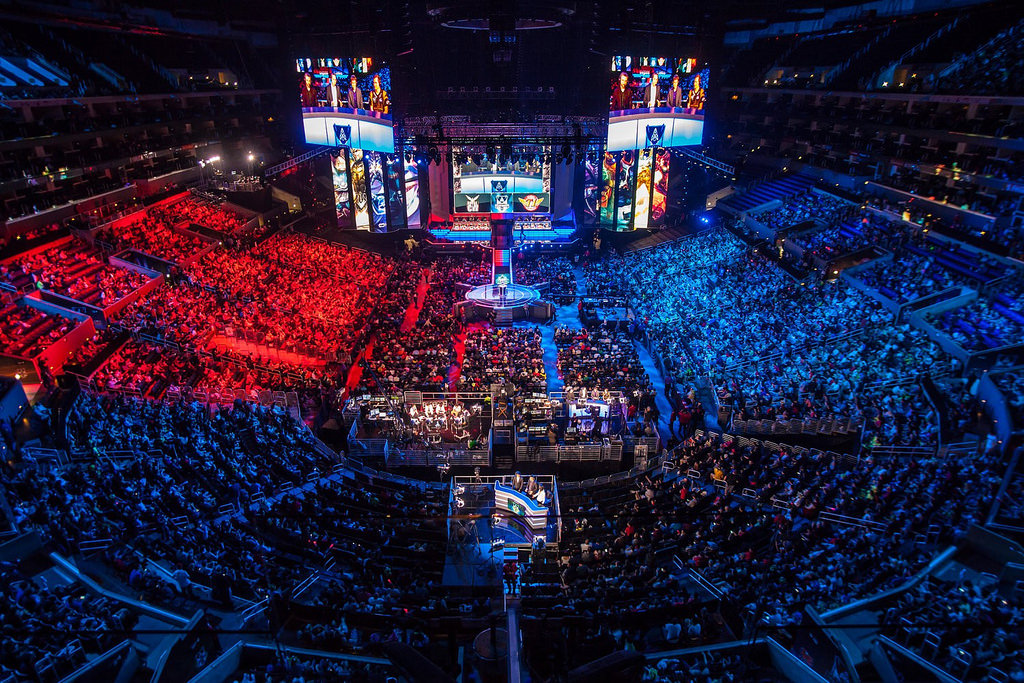The Evolution of Modern Sports: From Ancient Games to Global Industry

Sport is one of humanity’s oldest and most unifying forms of expression. From the dusty arenas of ancient civilizations to the high-tech stadiums of the 21st century, sports have evolved into a global industry influencing culture, economy, politics, and technology. In this comprehensive article, we explore the fascinating journey of sports, its role in society, the impact of technology, and what the future may hold.
1. The Roots of Competitive Sport
Sports as organized competition can be traced back to ancient civilizations such as Egypt, Greece, and China. In these early societies, physical contests often held religious, military, or social significance.
Ancient Greece and the Olympic Games
Perhaps the most famous example is the Olympic Games of ancient Greece, which began in 776 BCE. These games honored the god Zeus and brought together athletes from different city-states. Events such as running, wrestling, and chariot racing laid the foundation for many modern sports.
China and Martial Arts
In China, records from over 4,000 years ago detail activities resembling wrestling and martial arts. These were both methods of physical training and demonstrations of discipline and strength.
Indigenous Sports
Indigenous cultures across the world also had unique sporting traditions. Native American tribes played lacrosse-like games, while the ancient Mayans and Aztecs played the ball game “Pok-ta-pok,” which combined athletic skill with ritual meaning.
2. The Rise of Modern Sports
Modern sports began to take shape in the 18th and 19th centuries during the Industrial Revolution. With urbanization and the growth of leisure time, standardized rules, formal organizations, and competitive leagues started emerging.
British Influence
Britain played a central role in codifying and exporting modern sports such as soccer, cricket, rugby, and tennis. The British Empire spread these sports to its colonies, many of which adopted and localized them over time.
Birth of Organized Competitions
- Soccer: The Football Association (FA) was formed in 1863, formalizing the rules of soccer.
- Baseball: Developed in the U.S., with the National League formed in 1876.
- Olympics: The modern Olympic Games were revived in 1896, held in Athens, Greece.
These events gave rise to sports journalism, fan culture, and the idea of sports as both spectacle and career.
3. The Globalization of Sport
In the 20th century, sports expanded beyond national borders and began to influence international relations, economies, and cultures.
Television and Mass Media
The introduction of radio and television transformed sports into global entertainment. Events like the FIFA World Cup and the Olympics became global phenomena watched by billions.
Iconic Athletes
Athletes like Muhammad Ali, Pelé, Serena Williams, Michael Jordan, and Usain Bolt became cultural icons, transcending sport and influencing society on a global scale.
Sport as Diplomacy
Sports have also been used to bridge divides. The 1971 “Ping Pong Diplomacy” between the U.S. and China helped thaw Cold War tensions. More recently, unified Korean teams in the Olympics have symbolized hope for peace.
4. The Business of Sport
Today, sport is not just a pastime—it’s a multibillion-dollar industry involving sponsorships, broadcasting rights, merchandising, and tourism.
Sponsorship and Branding
Major corporations invest heavily in sports for brand visibility. Nike, Adidas, Coca-Cola, and Red Bull have become synonymous with sporting events and athletes.
Broadcasting and Streaming
Media rights are one of the largest revenue sources in sports. Platforms like ESPN, Sky Sports, and now streaming services like Amazon Prime and DAZN compete for broadcasting rights to elite competitions.
Merchandise and Licensing
Team jerseys, sneakers, video games, and collectibles form a huge market. Sports merchandising helps fans feel connected to their teams and athletes while generating massive profits.
5. Technology’s Impact on Modern Sports
Technology is revolutionizing how sports are played, judged, and consumed.
Performance Enhancement
Wearables, GPS tracking, and biomechanical analysis help athletes monitor performance and prevent injuries. Nutrition and sleep science are also used to gain a competitive edge.
Video Replay and VAR
Sports like soccer, tennis, and cricket use video technology to make more accurate decisions. While controversial at times, these systems aim to improve fairness and accuracy.
Fan Engagement
Virtual reality, mobile apps, and interactive content enhance fan experience. Social media platforms like Twitter and Instagram allow fans to connect directly with athletes.
6. Gender and Diversity in Sport
The fight for equality and representation in sports continues to evolve. Women’s participation in sports has increased dramatically, but challenges remain.
Women’s Sports
Events like the Women’s World Cup and WNBA are gaining popularity, pushing for equal pay, sponsorship, and media coverage. Athletes like Megan Rapinoe and Naomi Osaka advocate for gender and racial equality.
LGBTQ+ Inclusion
Sports organizations are beginning to support inclusivity, although discrimination still exists. The visibility of LGBTQ+ athletes like Tom Daley and Megan Youngren helps foster acceptance.
Paralympic Sports
The Paralympics and Special Olympics highlight the capabilities of athletes with disabilities, promoting awareness and accessibility in sports.
7. Mental Health and Athlete Wellbeing
The pressure of competition, fame, and constant scrutiny can take a toll on athletes’ mental health. Recent years have seen a growing awareness of this issue.
Breaking the Silence
Elite athletes like Simone Biles, Michael Phelps, and Naomi Osaka have spoken publicly about anxiety, depression, and burnout, breaking the stigma around mental health.
Support Systems
Teams and organizations are now implementing mental health support, including counseling, sports psychology, and peer networks to help athletes cope.
8. Youth Sports and Grassroots Development
Developing sports at the grassroots level is vital for talent discovery, community building, and healthy development of children and teenagers.
Benefits of Youth Sports
- Builds physical fitness and motor skills.
- Fosters teamwork, leadership, and discipline.
- Teaches time management and goal setting.
Challenges in Youth Sports
Over-competition, parental pressure, and lack of funding can undermine the positive impact of youth sports. Balanced programs that emphasize fun, learning, and inclusivity are essential.
9. Ethical Challenges in Sports
While sports promote values of fairness and integrity, the industry faces numerous ethical challenges.
Doping and Cheating
The use of performance-enhancing drugs (PEDs) continues to plague many sports. Organizations like WADA (World Anti-Doping Agency) work to ensure fair play, but high-profile scandals persist.
Corruption and Match-Fixing
Cases involving bribery, rigged outcomes, and embezzlement have tainted governing bodies like FIFA and the IOC. Transparency and accountability are ongoing demands from fans and athletes alike.
Exploitation and Labor Rights
Concerns about exploitation of young athletes, migrant workers in stadium construction, and unfair contracts highlight the need for better regulation and athlete representation.
10. The Future of Sports
As society changes, so too will sports. The future is likely to bring new formats, digital experiences, and evolving attitudes toward inclusion and sustainability.
Esports and Digital Competition
Esports have grown into a billion-dollar industry, attracting millions of viewers worldwide. While some debate whether it qualifies as “sport,” its structure, fandom, and competitiveness mirror traditional sports.
Green and Sustainable Sports
Stadiums are becoming more eco-friendly, and events are aiming to reduce carbon footprints. The Tokyo 2020 Olympics emphasized sustainability with recyclable podiums and renewable energy.
AI and Virtual Coaching
Artificial intelligence will likely play a larger role in coaching, injury prediction, and personalized training. Virtual reality may revolutionize how athletes prepare and how fans watch games.
Conclusion: Why Sports Matter
Sports are more than games—they are a reflection of society, a tool for diplomacy, a path to unity, and a source of inspiration. As the world continues to evolve, so will the ways we play, compete, and celebrate human achievement.
Whether you’re a weekend warrior, an elite athlete, or a passionate fan, sports offer lessons in resilience, teamwork, and joy. In an increasingly divided world, the power of sport to bring people together has never been more important.
Play on, the world is watching.





